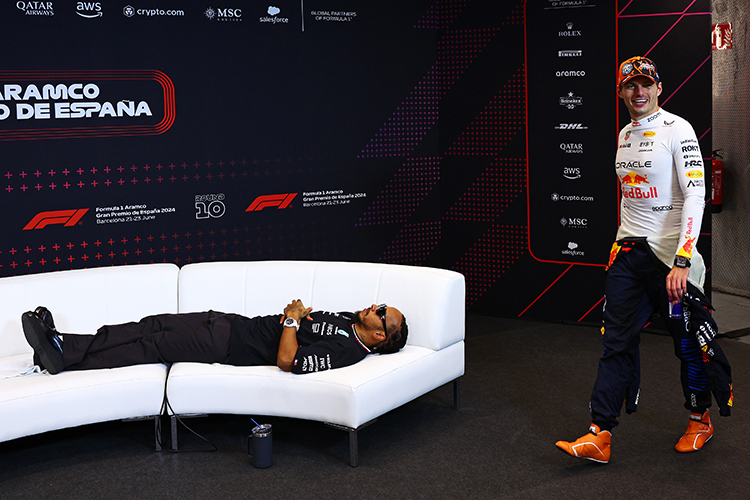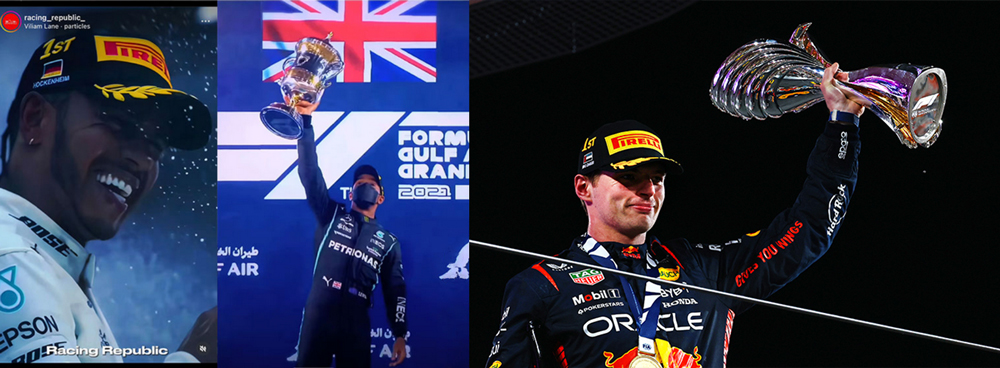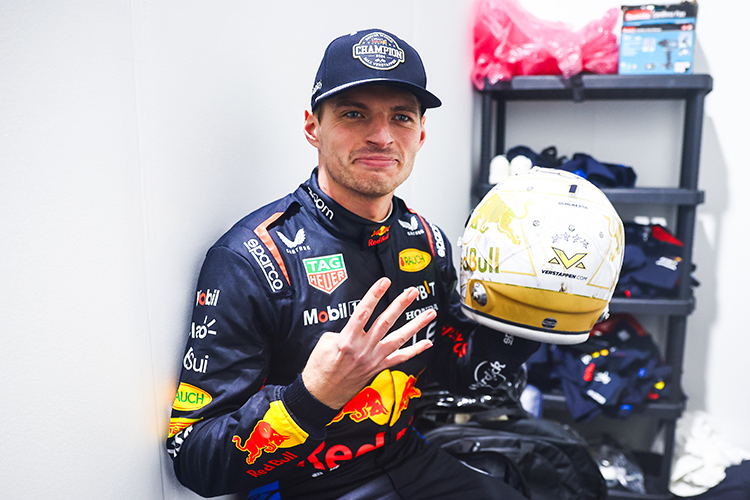What is a black flag in F1? What do the different colour flags mean?
F1 flag rules explained: from the black flag’s ultimate penalty to yellow, red, blue, and chequered signals that shape every race and driver decision.
If Formula 1 is a language of speed, flags are its punctuation marks. Drivers read them at 300 km/h, teams react to them in milliseconds, and races can flip because of them. Here’s your clear, entertaining guide to F1’s flags—starting with the most dramatic of the lot.
The black flag: F1’s nuclear option
Think of the black flag as the sport’s equivalent of “You’re done.” When a driver is shown a solid black flag accompanied by their car number, it means disqualification from the session or race. The driver must return to the pits immediately.
Why would a driver get black-flagged?
- Ignoring other mandatory flags (for example, repeatedly failing to pit after being shown the black-and-orange “meatball” flag).
- Serious sporting infringements or unsafe behavior.
- Procedural breaches after warnings (historic example: Michael Schumacher, 1994 British GP, black-flagged after ignoring a stop-go penalty; Massa and Fisichella, 2007 Canada, for exiting the pit lane under a red light).
It’s rare, and that’s the point: the black flag is the final word.
The other “black-ish” flags you’ll see
- Black with orange disc (the “meatball”): Your car is unsafe. Usually for things like loose bodywork, flapping front wings, excessive smoke, or a puncture shedding debris. You must pit on the next lap to fix it. Ignore it and you risk the full black flag.
- Black-and-white diagonal: Driving standards warning. This is the “last warning” board for unsportsmanlike conduct (moving under braking, forcing another car off, weaving). Do it again and expect a penalty. It’s shown with the car’s number.
Your complete F1 flag cheat sheet
F1 uses traditional flags and high-visibility LED light panels at marshal posts. The colors and meanings are the same.
- Green flag
What it means: Track clear. Normal racing conditions.
Where you’ll see it: After a caution zone; at the start of sessions; waved at the back of the grid to confirm all cars are in position before lights out.
Driver action: Go racing. - Yellow flag (single waved)
What it means: Danger ahead. Incident or car off in your sector.
Driver action: Slow down, no overtaking, be prepared to change line. - Yellow flag (double waved)
What it means: Serious hazard. Marshals or stranded cars on/near the racing line; be ready to stop.
Driver action: Significant speed reduction, absolutely no overtaking. - Safety Car boards (“SC”) + yellow flags
What it means: Safety Car on track.
Driver action: No overtaking, manage a prescribed pace, keep gaps sensible, follow SC procedures. Pit stops are allowed, but the pit lane exit light may hold you if unsafe to rejoin. - Virtual Safety Car (VSC) boards/lights
Not a flag color, but you’ll see “VSC” displayed.
What it means: Neutralized race without deploying the Safety Car.
Driver action: Maintain a strict delta time (no overtaking). Pit stops allowed. - Red flag
What it means: Session suspended (big crash, barrier repair, weather, track blocked).
Driver action: Immediately reduce speed and proceed to the pit lane; no overtaking. Cars line up in the fast lane for instructions. Teams may be permitted to work on cars under specific rules. The session will restart as directed (standing or rolling). - Blue flag
What it means: A faster car is about to lap you (race), or a much quicker car is on a flying lap (practice/qualifying).
Driver action: In the race, you must let the car behind pass at the earliest safe opportunity. In practice/qualifying, don’t impede—move off the racing line if possible. Ignoring blues draws penalties fast. - White flag
What it means in F1: Slow-moving vehicle ahead on track (for example, a recovery vehicle or a very slow car).
Important: In some other series (especially in the U.S.), a white flag means “final lap.” Not in F1. - Yellow-and-red striped flag
What it means: Slippery or reduced grip on the surface—oil, water, gravel, debris, even small animals. Sometimes stationary; sometimes waved if conditions are changing rapidly.
Driver action: Expect less grip; adjust line and throttle. - Chequered flag
What it means: End of the session or race.
Modern twist: F1 also uses an electronic chequered signal on the light panels as the official trigger. The flag is still waved for tradition—and great photos.
Driver action: Finish your current lap and return to the pits. - Red/green pit exit lights (bonus, but useful)
At the end of the pit lane, a red light means “stop” (pit exit closed), and a green light means “you may rejoin.” A blue light at pit exit warns that cars are approaching on the main straight—use caution and respect the pit exit line.
How flags shape a driver’s decisions
- Overtaking rules: You cannot overtake under yellow, SC, VSC, or red flags. Passes must be completed before the flag point; if you gain a place after a yellow appears, you’re in trouble. Under blue flags in the race, you’re required to let lapping cars through cleanly.
- Pace management: Yellow and especially double yellow means backing off significantly. VSC requires hitting a precise delta; Safety Car requires managing tyre and brake temperatures while maintaining formation.
- Safety first: Double yellows and red flags often mean marshals are on track. Respecting them is non-negotiable—breaches bring heavy penalties.
Common myths, cleared up
- “White flag = last lap”: Not in F1. It’s a warning of a slow vehicle ahead.
- “The chequered flag can end a race early if waved by mistake”: Today, the electronic signal is the official end, minimizing human error. The waved flag remains ceremonial unless regulations specify otherwise at that event.
- “Blue flags are only courtesy”: In the race, they’re mandatory for lapped cars. In practice and qualifying, you must not impede—stewards take a dim view of blocking.
Why flags still matter in the LED era
Every Grade 1 circuit uses bright light panels and Race Control messages, but flags remain the universal backup and the first language every driver learns. They’re visible when radios fail, understandable across languages, and enforce the sport’s most important principle: safety with speed.
Quick snapshots from history
- 1994 British GP: Schumacher black-flagged after ignoring a stop-go penalty.
- 2007 Canadian GP: Massa and Fisichella black-flagged for leaving the pits under a red light.
- Countless races turned by double yellows, VSCs, and Safety Cars—every champion earns their title by reading flags as well as racetracks.
The bottom line
- Black flag: disqualification—come to the pits now.
- Black-and-orange: your car is unsafe—pit immediately.
- Black-and-white: final warning on conduct.
- Greens, yellows, reds, blues, whites, stripes, and the chequered flag: the vocabulary of every F1 lap.
Next time you see a marshal post flash with color, you’ll know exactly how the world’s fastest drivers are reading the story of the race in real time.
Up Next



